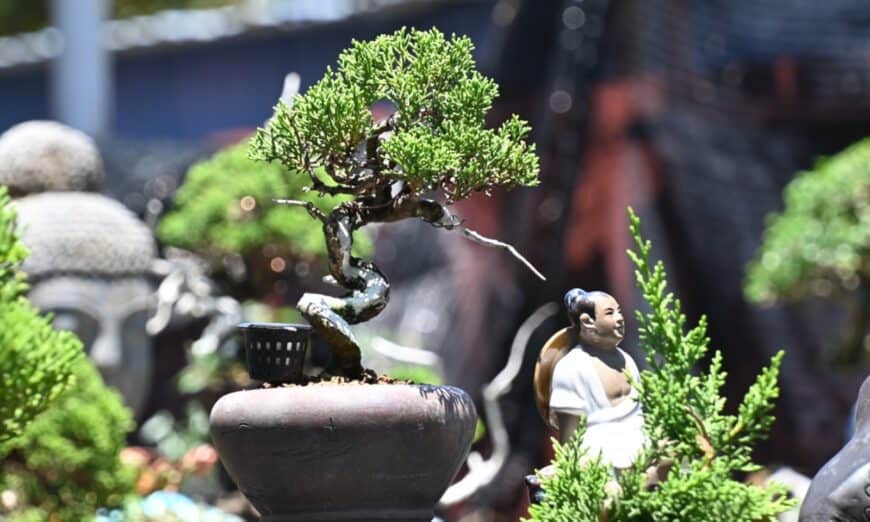SCIENCE has long supported the idea that cultivating bonsai can bring numerous benefits – reducing stress, lowering blood pressure, enhancing happiness, and even improving air quality.
But for Master Yong Soon Teik, a Chinese physician and Hong Quan martial arts practitioner, bonsai is more than just a hobby – it is a way of life, a philosophy of patience, balance, and resilience.
Master Yong, now in his 60s, began his journey into bonsai cultivation in 1990. His collection of over 200 bonsai trees flourishes in ‘Tao Xing Yuan’ Garden, located beside his clinic, Yizhichan Traditional Physician, on Pinhorn Road. Many of these trees are more than 30 years old, a testament to his dedication and expertise.
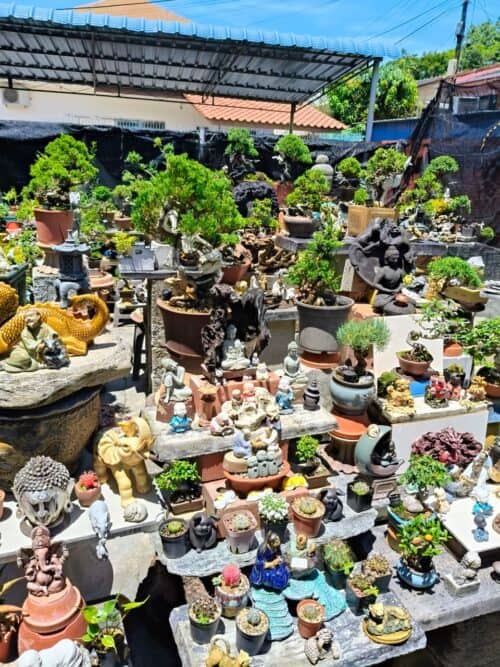
Due to his commitment to his patients, Master Yong was unavailable for an interview, but his student, 27-year-old fine artist Daniel Ho, shared insights into his mentor’s deep-rooted passion for bonsai. Ho, who has trained under Master Yong, has learned essential techniques such as stem cutting and rooting – skills that demand patience and precision.
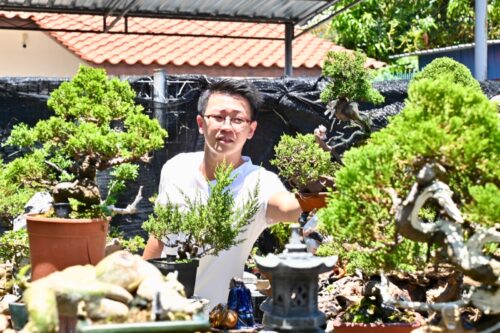
Bonsai: A Miniature World of Nature
“Bonsai is about creating a small-scale version of nature.
“With the right figurines and proper landscaping, a bonsai tree can resemble a massive tree in a miniature world,” Ho explained.
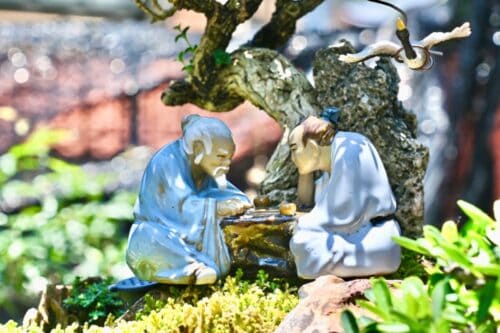
Bonsai trees are categorised based on their leaves into broadleaf, deciduous, and conifer types.
They are also shaped in various artistic styles, including cascade, semi-cascade, forest, upright, and growing on rock. Each style carries its own symbolism and aesthetic, reflecting different aspects of nature’s beauty.
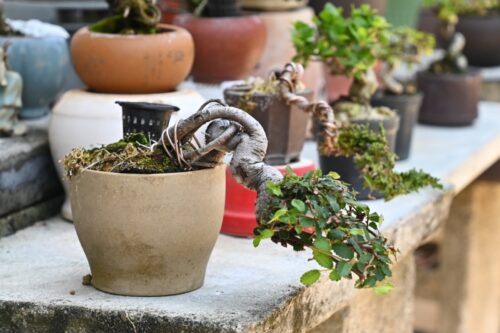
The choice of pots is equally important.
“The pot is like a ‘shirt’ for the bonsai.
“It must complement the tree, just as clothes enhance a person’s appearance,” Ho said.
Some of the pots in Master Yong’s garden are antique, adding historical charm to the carefully cultivated plants.
Caring for Bonsai: A Balance of Water, Soil, and Sunlight
Master Yong’s collection includes bonsai acquired from nurseries and collectors, each requiring specific care. Watering is crucial, with trees needing water one to three times a day, depending on the weather.
“Too much or too little can harm the tree.
“Overfertilizing can weaken it, and if the soil gets too dry, the tree may wither and die. It’s all about finding the right balance,” Ho explained.
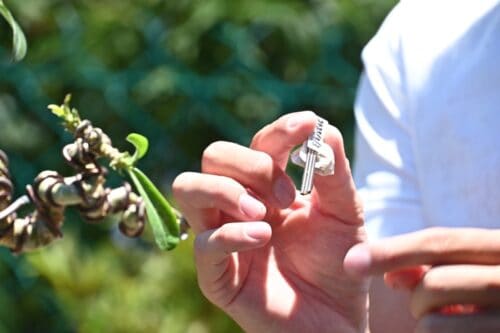
A Reflection of Life and Martial Arts
Bonsai, much like martial arts, is a practice of discipline and harmony.
The slanting bonsai, for instance, leans to one side yet remains balanced and strong, symbolising resilience in the face of challenges.
Master Yong’s dual mastery of bonsai and Hong Quan – a powerful Southern Chinese martial art known for its direct attacks and steady stances – reflects the connection between strength and tranquility.
“Whether in martial arts or bonsai cultivation, the principles remain the same: patience, discipline, and an unyielding spirit,” Ho said.
Through his garden and teachings, Master Yong continues to inspire a new generation to appreciate both the art of bonsai and the philosophy of balance it represents.
Story by Christopher Tan
Pix by Law Suun Ting

